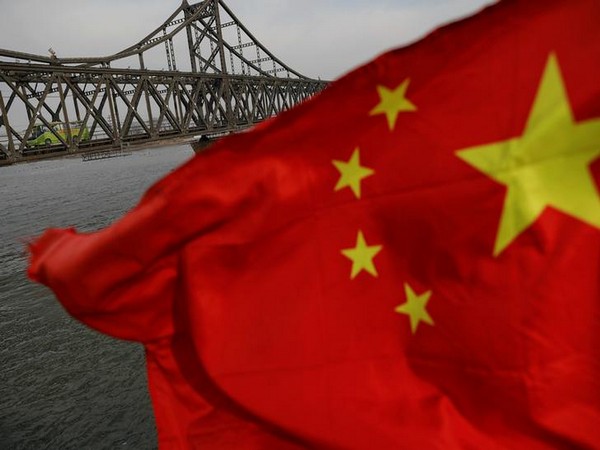
China’s rapidly expanding nuclear weapon stockpile remains opaque

Hong Kong, February 27 (ANI): Without providing the world with any word of explanation, in the past five years, the People’s Liberation Army Rocket Force (PLARF) of China has expanded the types and quantity of its nuclear-tipped weapons more than at any point in its history.
Indeed, last month, the Bulletin of the Atomic Scientists published its annual in-depth Nuclear Notebook. The chapter entitled Chinese nuclear weapons, 2024, authored by Hans M Kristensen, Matt Korda, Eliana Johns and Mackenzie Knight, warned, “In all, China’s nuclear expansion is among the largest and most rapid modernization campaigns of the nine nuclear-armed states” in the world.
The chapter’s authors stated that in the past year, “China has continued to develop its three new missile silo fields for solid-fuel intercontinental ballistic missiles [ICBM], expanded the construction of new silos for its liquid-fuel DF-5 ICBMs, has been developing new variants of ICBMs and advanced strategic delivery systems, and has likely produced excess warheads for eventual upload onto these systems once they are deployed. China has also further expanded its dual-capable DF-26 intermediate-range ballistic missile [IRBM] force, which appears to have completely replaced the medium-range DF-21 in the nuclear role.”
For those advocating reductions in nuclear weapons, such figures make grim reading. Apart from land-based truck-launched and silo-launched missiles, the PLA Navy is now carrying JL-3 submarine-launched ballistic missiles (SLBM) on its six Types 094 nuclear-powered ballistic missile submarines.
In the air, H-6 bombers of the PLA Air Force have been reassigned to an operational nuclear mission, plus there is continued development of an air-launched ballistic missile that likely has a nuclear capability. This capacity will grow even more once the stealthy H-20 bomber is fielded.
Chinese military spokesmen have neither confirmed nor denied the expansion of the ICBM force, and the authors of the Bulletin of the Atomic Scientists chapter on China acknowledged the opacity of the PLARF: “Analyzing and estimating China’s nuclear forces is a challenging endeavor, particularly given the relative lack of state-originating data and the tight control of messaging surrounding the country’s nuclear arsenal and doctrine.” Beijing has never officially revealed warhead numbers, and its opacity regarding its nuclear capability is legendary.
When asked why Chairman Xi Jinping is prioritizing China’s ballistic-missile arsenal in such a fashion, Ankit Panda, Stanton Senior Fellow, Nuclear Policy Program at the Carnegie Endowment for International Peace, told ANI: “There is likely no one overarching reason.
For one, this may simply be part of Xi’s broader efforts to pursue a world-class military for the country. China could also have calculated that a larger force is necessary for assuring retaliation, which is a traditional objective. The surge could also be a result of the Rocket Force gaining greater political power after the 2015 reorganization of the PLA. We simply do not know the exact answer, since China has yet to give us an authoritative case for why the force is growing.”
Admiral Charles Richard, the previous commander of the US Strategic Command, said in April 2022 that China’s expansion of strategic forces was “breathtaking.” The force’s current commander, General Anthony Cotton, testified vexingly last March that “China seeks to match, or in some areas surpass, quantitative and qualitative parity with the United States in terms of nuclear weapons. China’s nuclear capabilities already exceed those needed for its long-professed policy of ‘minimum deterrence’, but China’s capabilities continue to grow at an alarming rate”.
It is thus the Pentagon’s opinion that massive new missile silo fields and the expansion of China’s liquid-fueled ICBM inventory show that Beijing is moving to a launch-on-warning posture to increase the peacetime readiness of its nuclear forces.
It believes part of this posture involves implementing an “early warning counterstrike” strategy, relying on space- and ground-based sensors to warn of enemy missile strikes so that China has time to launch its own missiles before they are destroyed. On the other hand, China
insists it is keeping the PLARF at a “moderate” readiness level.
The construction of several hundred of these aforementioned missile silos has created considerable debate regarding China’s official “No First Use” policy. The 2024 report noted, “…There is little evidence to suggest that the Chinese government has deviated from it, which is also reiterated in its 2023 national defense strategy.”
The four authors added: “Regardless of what the specific red lines may be, China’s No First Use policy probably has a high threshold. Many experts believe there are very few scenarios in which China would benefit strategically from a first strike, even in the case of conventional conflict with a military power such as the United States.”
The same document observed: “The modernization of the nuclear forces could gradually influence Chinese nuclear strategy and declaratory policy in the future by offering more efficient ways of deploying, responding, and coercing with nuclear or dual-capable forces. The 2022 US Nuclear Posture Review suggested that China’s trajectory of expanding and improving its nuclear arsenal could ‘…provide [China] with new options before and during a crisis or conflict to leverage nuclear weapons for coercive purposes, including military provocations against US allies and partners in the region’. Advanced non-nuclear weapons could also provide a strategic strike capability that may achieve effects similar to a first use of nuclear weapons.”
Could a Taiwan invasion scenario constitute such an occasion where China might threaten the use of nuclear weapons? After all, President Vladimir Putin played such a nuclear card to keep NATO and the US from getting directly involved in the Ukraine conflict.
Panda offered his assessment of whether nuclear coercion could occur amidst a Taiwan contingency. “China has historically shied away from issuing nuclear threats and has traditionally maintained a fairly restrained nuclear posture. Xi could calculate, however, that a much larger Chinese nuclear force will imbue US decision-making with greater prudence in a potential Taiwan contingency than a smaller force. He is likely right about that.”
The Bulletin of the Atomic Scientists estimated that China currently fields 438 nuclear warheads, plus another 62 warheads that have been produced but not operationalized. This assessment corresponds almost identically to the 500 warheads estimated by the Pentagon in last year’s report on China’s military capabilities.
In past editions of these reports, the US Department of Defense predicted that the PLARF’s nuclear warhead stockpile would reach 1,000 by 2030, and perhaps even 1,500 by 2035, many of which will be “deployed at higher readiness levels” and most fielded on systems able to reach the continental United States.
However, the Bulletin of the Atomic Scientists noted that some previous Pentagon estimates have proven inaccurate, plus there are many variables that are difficult to predict when reaching such figures by the US military. For instance, how many missile silos will China eventually build, how many will actually host a missile, and how many warheads are on each weapon? Also, how many ballistic missile submarines and bombers will be constructed, and how many DF-26 ballistic missiles will be deployed, and what percentage of them will have a nuclear mission?
A table in the chapter listed the following amounts for each missile type: IRBMs comprising the DF-26 (x108); ICBMs represented by the DF-5A (x6), DF-5B (x60), DF-31A (x24), DF-31AG (x64) and DF-41 (x84); SLBMs of JL-3 type (x72); gravity bombs dropped by H-6K bomber aircraft (x10),and air-launched ballistic missiles carried by H-6N bombers (x10).
There are some interesting points to note in this independent assessment. One is that all nuclear-tipped versions of the DF-21 and DF-31 are likely retired, as are JL-2 SLBMs previously carried on submarines.
The DF-17 hypersonic medium-range ballistic missile was once thought capable of carrying a nuclear warhead, but now the general consensus is that this is not the case. In addition, the report assumed that half of China’s DF-26 IRBM inventory is armed with nuclear warheads, even though there is no data to verify.
how accurate this approximation is.
Regarding the DF-26 missile, which can have either a conventional or nuclear warhead, such ambiguity makes it difficult for another party during hostilities to decide how they are being targeted. This obviously creates doubt and the risk of swift escalation.
In this respect, Panda told ANI: “There are risks here, but those risks could have deterrence benefits for China. In particular, US and allied attempts to possibly attrite China’s DF-26 forces could be interpreted by the Chinese leadership as part of an attack on the country’s nuclear forces, with escalatory consequences.”
Panda therefore noted that this should be a topic for dialogue between China and the US. Naturally, that leads to another whole area of complexity, for Beijing refuses to engage with the USA on nuclear weapon control frameworks.
Panda observed: “China has said that the US and Russia should first reduce their force sizes to that of Beijing’s, before arms control can ensue; we might now be looking at a world where China instead moves closer to where Russia and the United States are. We are potentially looking at a three-way arms race in the coming decades, particularly as US-Russia arms controls fray almost completely.”
This is a worrying scenario, as the relative stability of the Cold War, with its mutually assured destruction, gives way to a tripartite arms race over nuclear weapon.
China is believed to be developing an indigenous HQ-19 anti-ballistic missile system, as well as a hit-to-kill midcourse interceptor. These could target IRBMs and possibly ICBMs, although the Bulletin of the Atomic Scientists authors asserted that “the latter.
would still take many years to develop.”
The PLARF has expanded its number of missile brigades. The authors estimated that the force presently has 45 brigades possessing ballistic or cruise missile launchers. An estimated 30 of these operate launchers with nuclear capability or will upgrade to this status soon. A new missile is believed to be in development too.
Called the DF-27, it allegedly has a range of 5,000-8,000 km. Given that such a range is redundant for nuclear strikes, since such distances are easily encompassed by ICBMs, this suggests that the DF-27 may end up with only a conventional strike role. US intelligence assessed in February 2023 that China had conducted a flight test of a multirole hypersonic glide vehicle for the DF-27, which travelled around 2,100km.
China has also tested a strategic hypersonic glide vehicle and a fractional orbital bombardment system at least once. A test of the latter in July 2021 was particularly significant, given its unprecedented nature. However, there are limiting factors on the PLARF’s ascent.
The expansion of China’s nuclear stockpile is dependent upon stores of plutonium, highly enriched uranium (HEU), and tritium. The International Panel on Fissile Materials assessed that, as of late 2022, China possessed 14 tonnes of HEU and 2.9 tonnes of separated plutonium, an amount that was sufficient to double China’s nuclear weapon inventory over the past five years.
However, if China is to field more weapons – such as the 1,000 warheads predicted by the Pentagon, it will need extra fissile material production. Kristensen, Korda, Johns and Knight also noted, “The readiness of the Chinese nuclear missile force was challenged in early 2024 with disclosure that a US intelligence assessment had found that corruption within the People’s Liberation Army had led to an erosion of confidence in its overall capabilities, particularly when it comes to the Rocket Force.”
They added that “recent dismissals of top defense officials and widespread corruption might chill the Chinese leadership’s willingness to arm missiles with warheads in peacetime.” The PLARF is a strategic force, but Xi is ruing the lack of loyalty amongst its top leadership, and the corruption that appears rife in the organization. It is one thing to invest heavily in this missile force, but there are serious question marks in Xi’s mind about its political, and likely combat, reliability. (ANI)

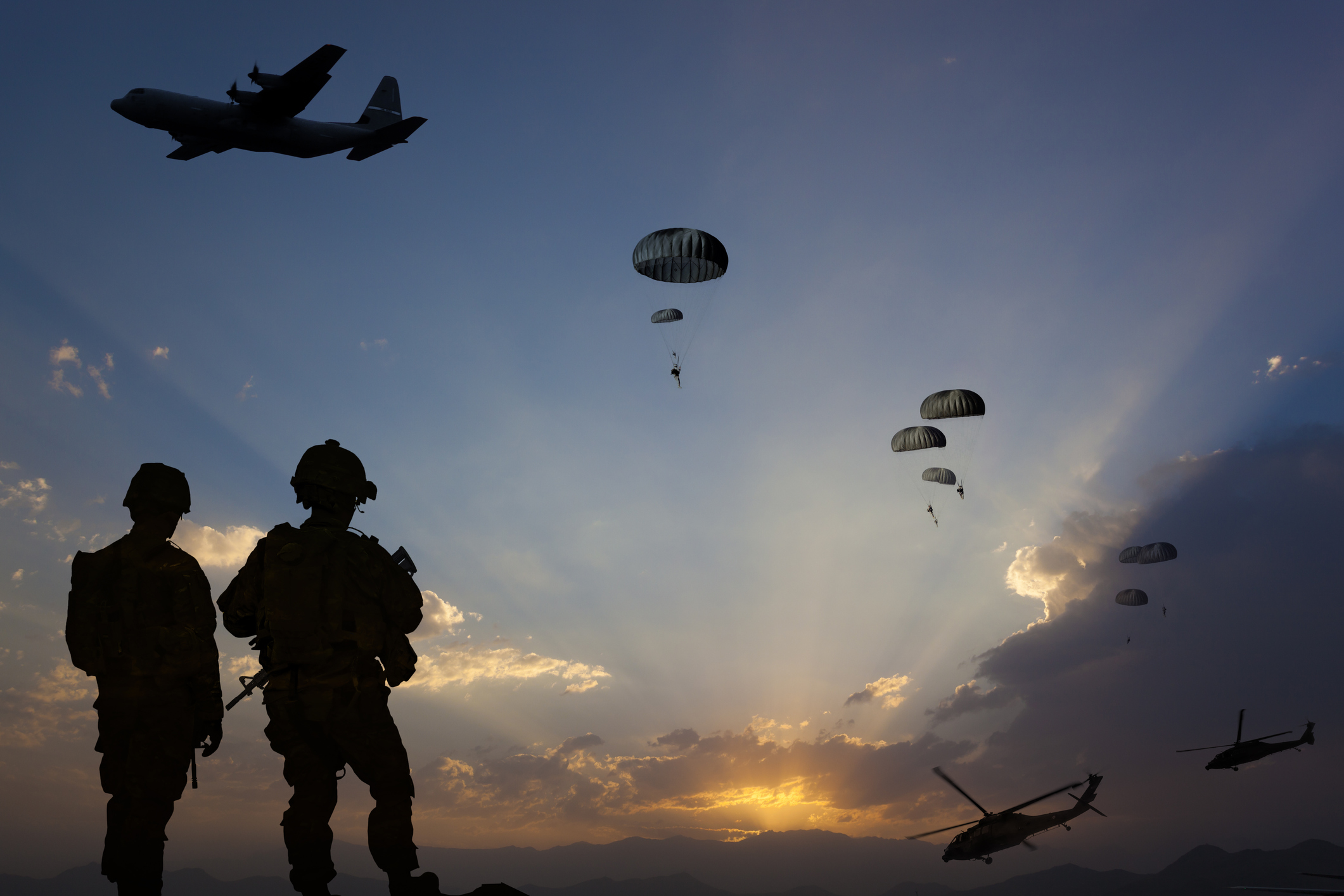

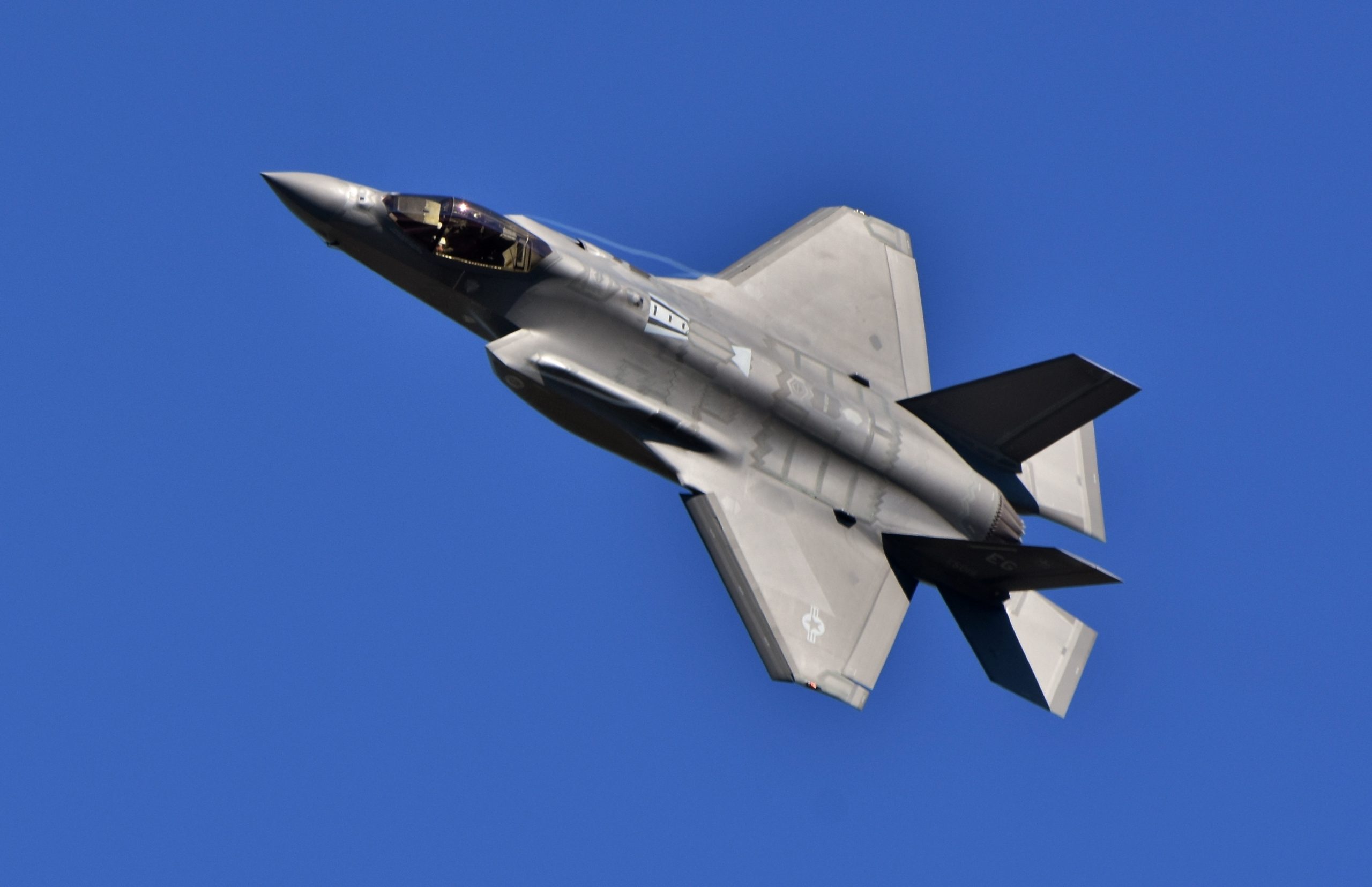


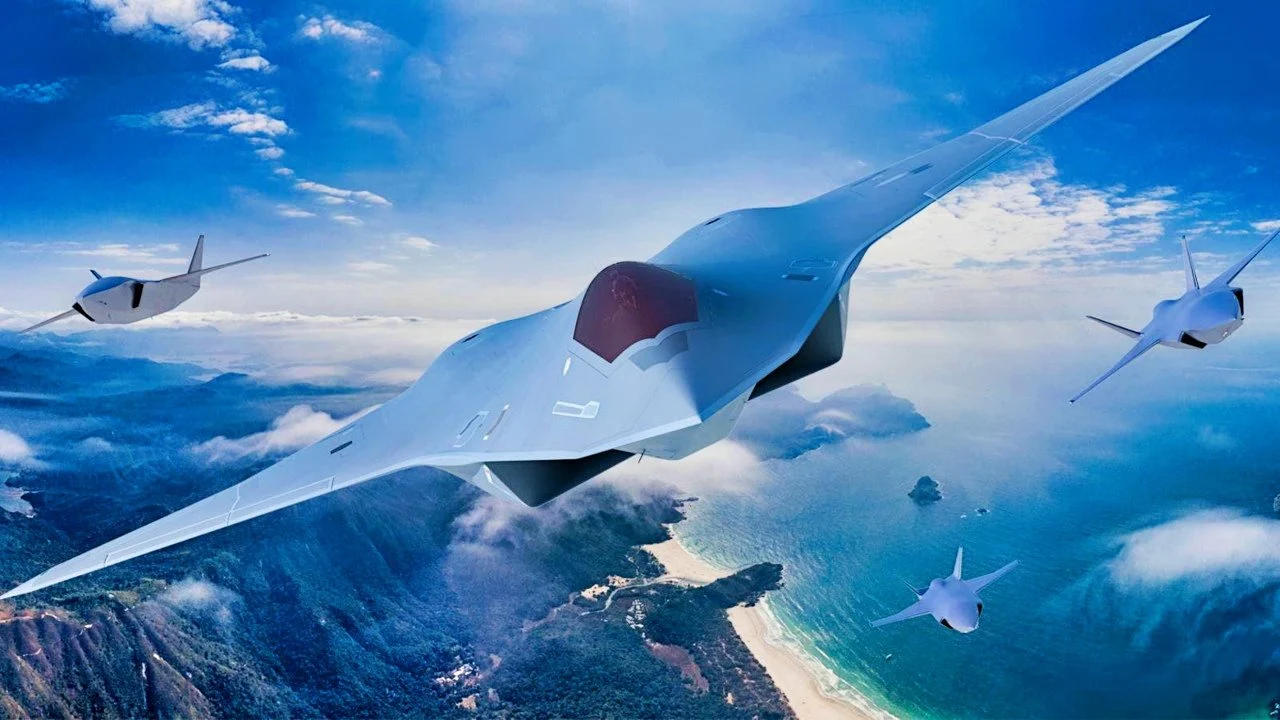
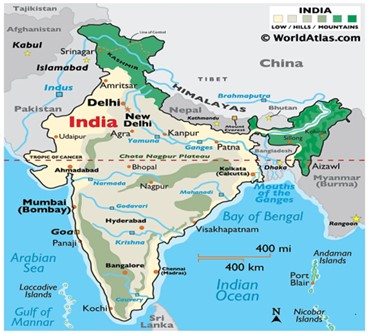









POST COMMENTS (0)